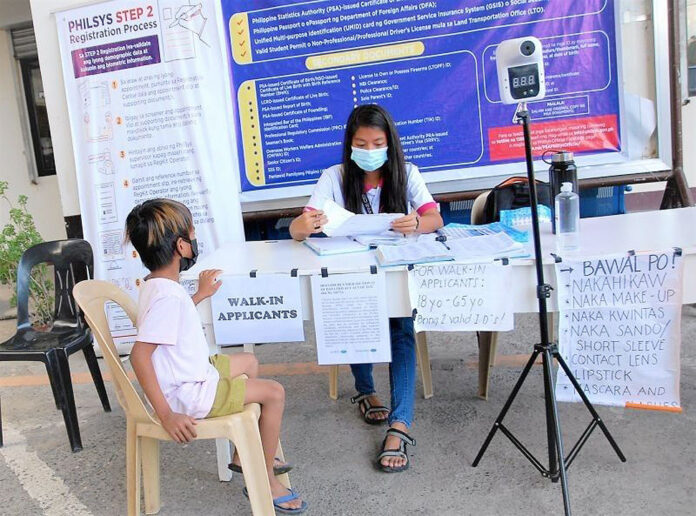THE NATIONAL ID initiative will help simplify the remittance process for recipients, an analyst for the Economist Intelligence Unit said.
The biggest beneficiaries could be rural residents currently experiencing difficulty proving their identities for cash transfers, according to Swarup Gupta, industry manager at the EIU said.
“That could really change things, because that makes identification easy, it makes the idea of a digital identity central to the concept of any digital interaction of payments, including remittances,” he said in an online interview.
He noted that the Philippines has a “fairly aggressive mobile penetration rate” coupled with a large unbanked population.
The central bank estimates that only 29% of adults had bank accounts in 2019, leaving 51.2 million with no formal financial accounts. Documentary requirements have been blamed for hindering financial inclusion.
By 2023, the BSP (Bangko Sentral ng Pilipinas) hopes to bring 70% of adults into the banked population.
The National Economic and Development Authority said 1.23 million Filipinos have received a national ID as of Aug. 20. More than 40 million citizens have started the registration process, on track to hit the 50-70 million government target for the end of 2021.
In June, the central bank told financial institutions to accept the national ID as sole proof of people’s identity when opening accounts. Prior to this, the Know-Your-Customer process for most financial institutions required at least two government IDs to open an account.
Apart from the national ID, improvement of digital networks through government- and private-sector initiatives will also allow easier remittance transactions for people in rural areas, Mr. Swarup said.
“In this case, it’s not telecom, but digital networks using modern technology, preferably 5G in the days ahead. You need it to be pervasive, you need it to be inclusive. So it needs to have available bandwidth across the rural regions of emerging Asia, including the Philippines,” he said.
“This will ensure that the digital divide that exists, especially between rural and urban areas, is reduced in the longer- to medium-term,” he added.
The Philippines is the world’s fourth-largest recipient of remittances. Last year, inflows slipped 0.8% to $29.903 billion because of the pandemic. — Luz Wendy T. Noble

